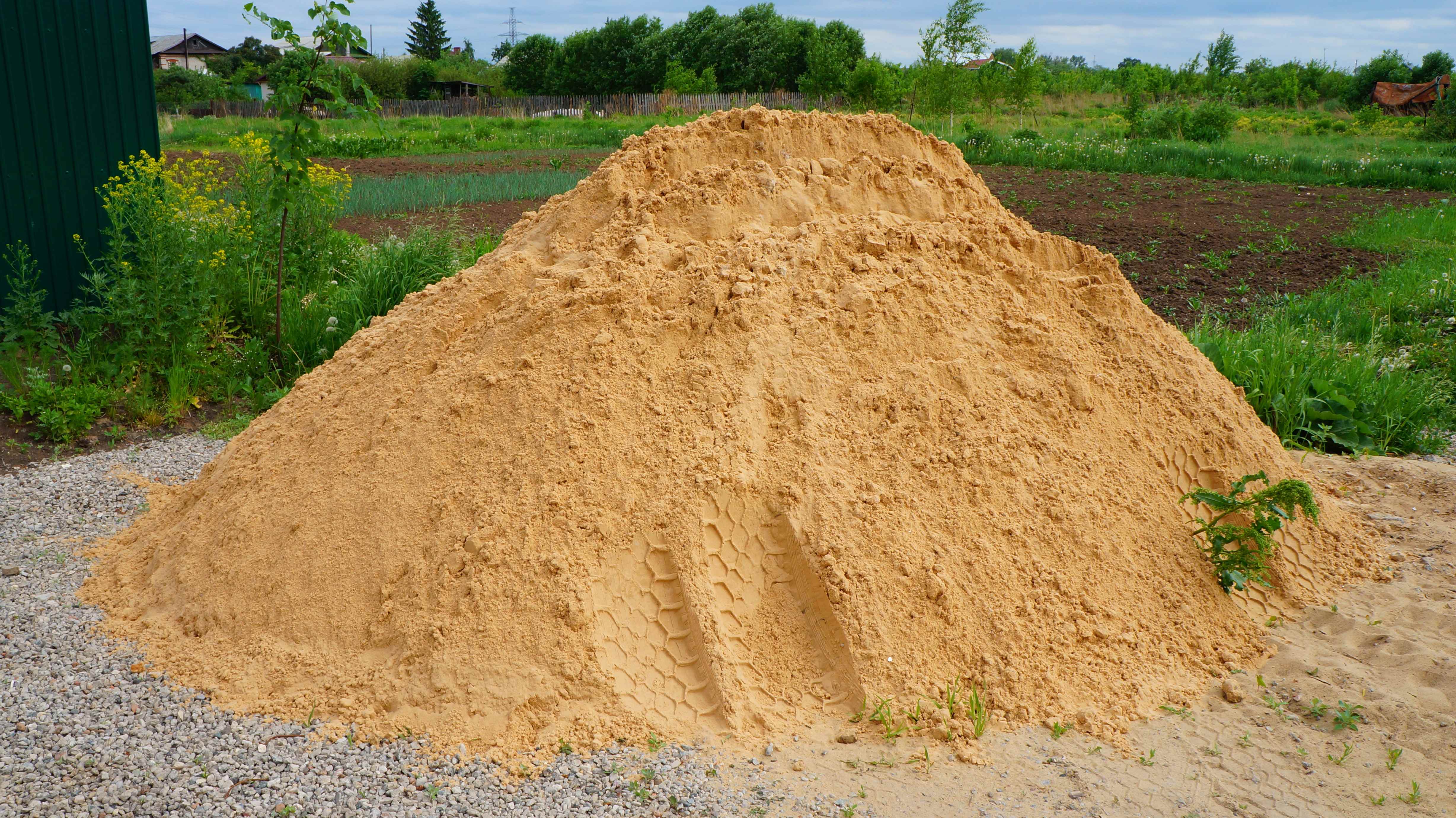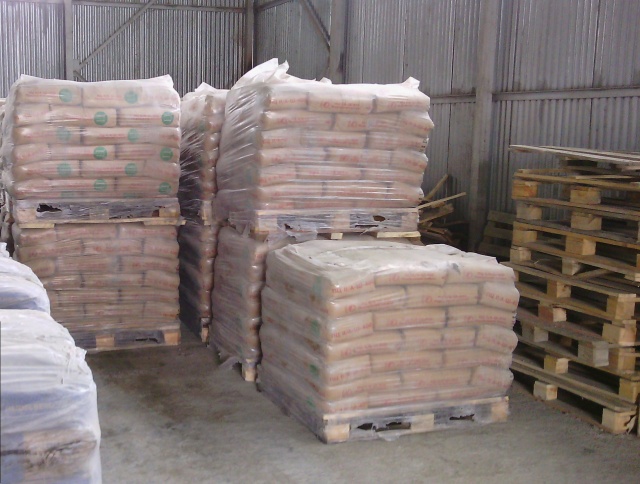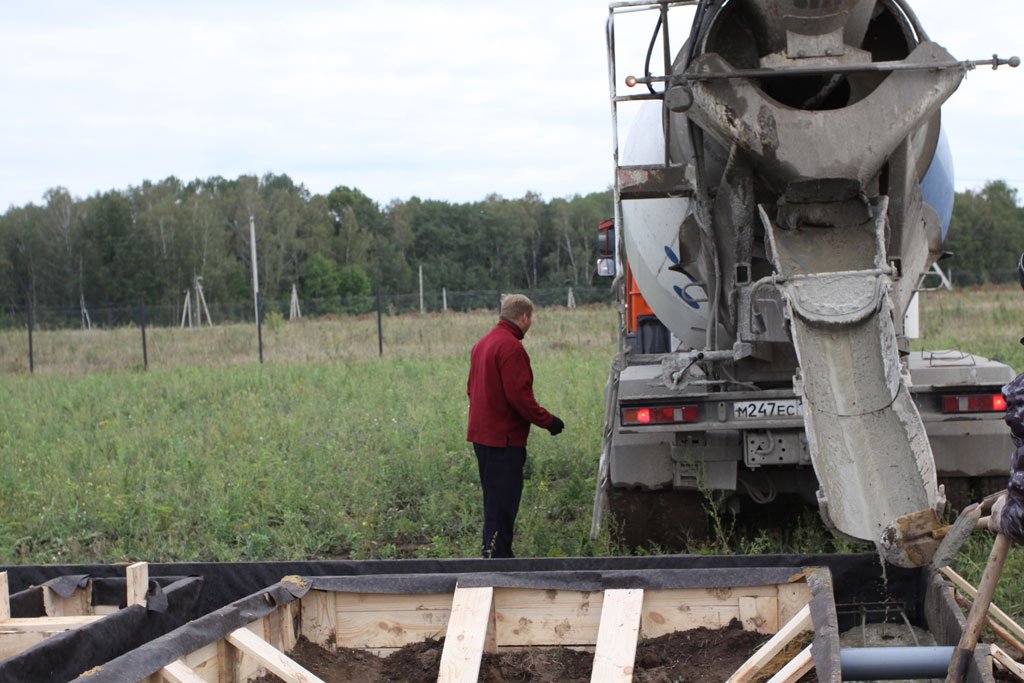The bulk of Russians, acquiring a plot of land in ownership, does not plan to build a palace, but wants to build a strong house with economic buildings on its own. As you know, the construction requires investments and if you think about saving at the initial stage, you can save a lot of money. For example, we will try to save finances on the delivery of building materials.
Content
Building materials, how can you save on the delivery of building materials
To build something, you need, at least mentally imagine this structure.
And it's better to draw.
Looking at your picture, you should mentally spend all the work from building a foundation to laying the roof.
Begin with the foundation, count how much building material you need to build the foundation.
On paper, draw a column and label each column: gravel, sand, cement, non-edged board, insulating material, edging board, brick, timber, roof and its elements is the name of the vertical columns.
Horizontally write the names of the works that you must do when building a house: foundation, brickwork, roof slabs, roofing, interior finishing works, windows, doors.
If you fill all the vertical and horizontal parts of the table and do not miss anything, you can calculate how much building material to buy and bring to the site.

If you miss any small thing, small-sized building material - this omission will not strike your pocket, because small construction material you can bring and your own car.
But the main, heavy and bulky cargo you can buy in one place, where the building material is sold in a wide range.
Here you not only get the basic building material, but also professionally load it into specialized transport, and on the spot these same professionals will conduct unloading operations with the help of technology.
Thus, you solve the problem with the delivery of the main heavy goods and with handling and handling.
You will not only save on one-time large delivery of building materials, but also get a decent discount because of the purchased large amount of construction materials and besides, all heavy loading and unloading works will be done by the technician.
Building materials, principles of safety of building materials
Even before the purchase and delivery of construction materials, you need to determine the place of unloading of construction materials.
Otherwise, if you do not decide on the places of storage, you will have to carry many things with your own hands.
Near the basement you have to store sand, gravel, cement.

In this case, the cement should not lie on the ground, lay it on a pallet in an enclosed space, and if there is not one, the cement should be well protected from moisture.

If you plan to use the ready-made concrete for the construction of a foundation, it is necessary to ensure a free entrance of the concrete truck.

The next question that needs to be considered is to divide the building material, which is able to deform with time, to the one who is not afraid of deformation.
Materials susceptible to deformation include:
- all lumber;
- siding;
- ondulin;
- linoleum.
Material that is not afraid of deformation:
- metal and all products from it;
- glass (can break);
- finished articles of concrete;
- logs.
In accordance with this division and prepare sites for the storage of construction materials.
For a building material subject to deformation, an even surface is prepared, and if this mission is not feasible, it is possible to level the surface using bricks or wooden scraps, i.e. we make several reference points, we put cross-pieces on them, i.e. we create artificial flooring.
Depending on how the atmosphere affects the building material, for example, the boards can rot, hide this construction material in the room, if there is no room, an artificial canopy is made or this building material is preserved with a waterproofing material.
Building materials, we store timber, how to do it correctly
If you have purchased a high-quality lining for interior decoration of the room, it must be kept from moisture, for this purpose the lining is brought into a covered room and stored there until the right moment.
And if the lining is a dry lumber, then the edging and not edging board, almost always raw or not dried.

If you do the right storage of boards, ensure the movement of air between them - your purchased building material will reach the condition in the fresh air and will serve you for many years.
On the flattened plane, across the future foot of the boards, at a distance of 1-1.5 meters, cuttings of boards aligned in one plane are laid out. They laid out the first layer of boards, between the boards always leave a distance of 3-4 cm to ventilate the air.
Next, on the first layer of boards, again across, with a distance of 1 meter, spread new cuttings, these crossed should not be very wide.
A second layer of boards is placed on the crosswise and so on.
The topmost layer of sawn timber is covered with a roofing felt or old slate, on the side the stack of boards must be open, for air circulation.
This method of storing sawn timber has proven itself, the boards are drying up perfectly and taking the ideal shape.
Building materials, how to save a brick
The brick is well preserved if it is on a pallet and stacked. Ideally, a canopy should be above the brick pile.
But if there is no shelter, you can cover the stack with any breathable material.
You can not cover the brick with polyethylene, since under the polyethylene, condensation forms.

Condensate will be absorbed into the brick, at negative temperatures, moisture in the brick freezes and expands, and the destruction of the brick occurs. Fireplace, stove and decorative brick, must be stored only in dry rooms.
All dry mixes, such as putty, gypsum, lime, cement, etc. also stored in dry and heated rooms.
All paint and varnish products should be stored in a dry room with good ventilation, while avoiding the appearance of open flames or sparks in this room.
All roll materials, such as ruberoid, isoplastic, etc. stored in an upright position, away from the heat source, the room temperature should be below + 22 * C.



















